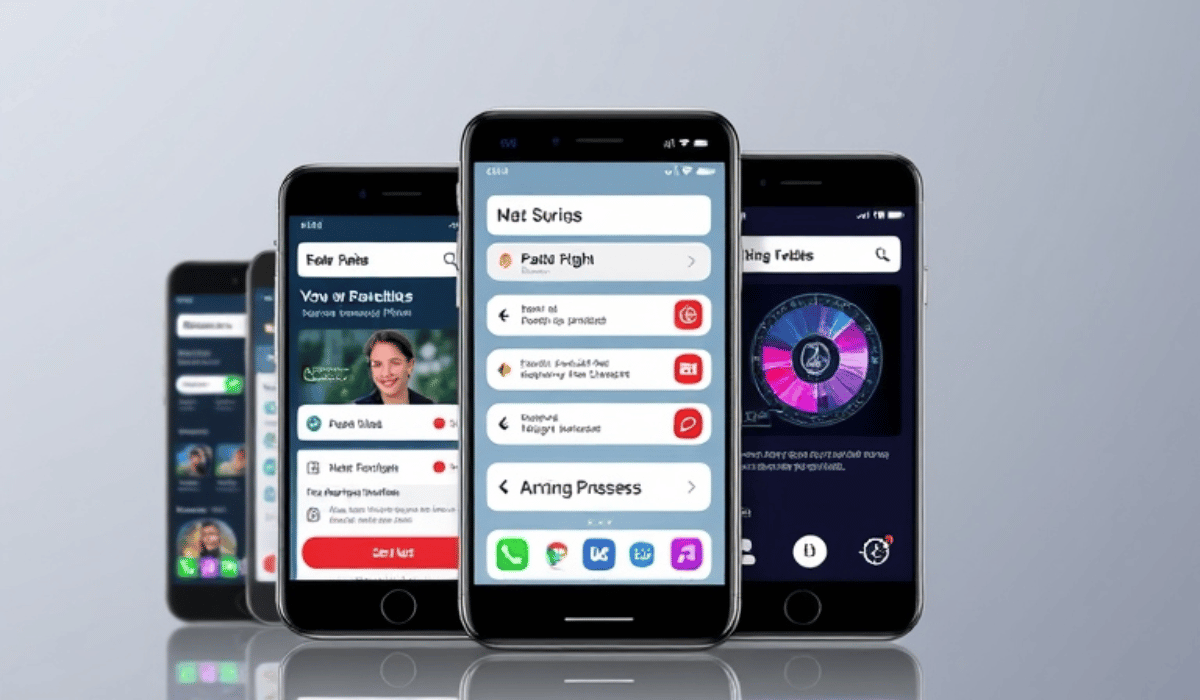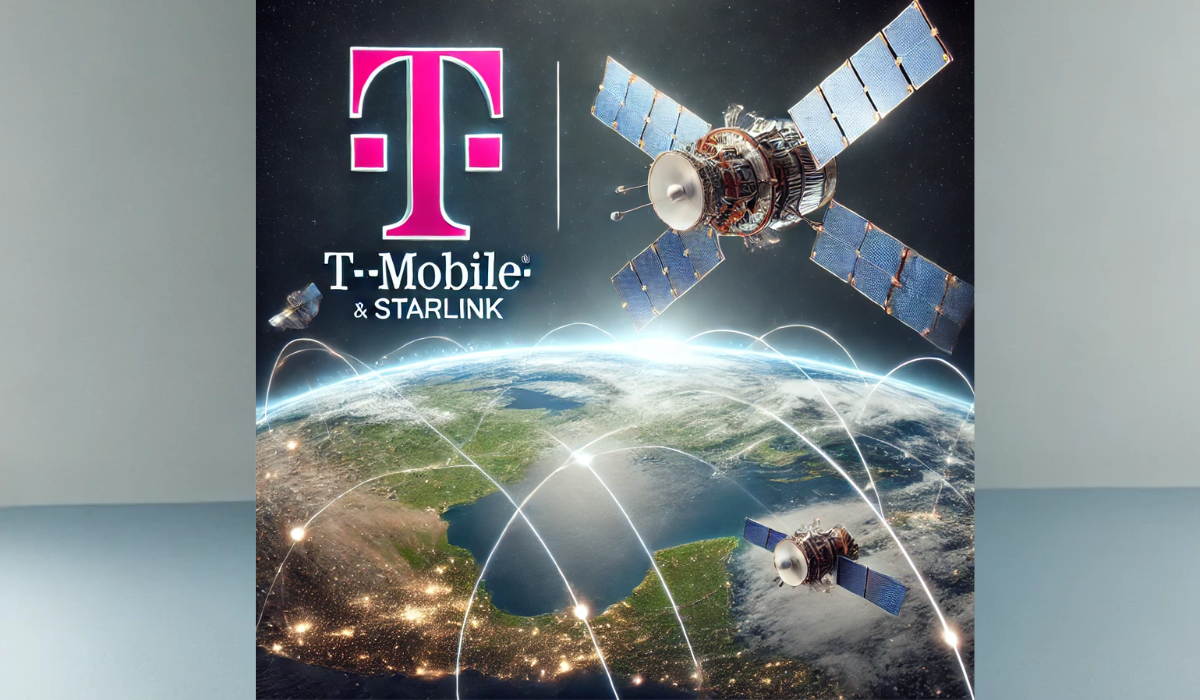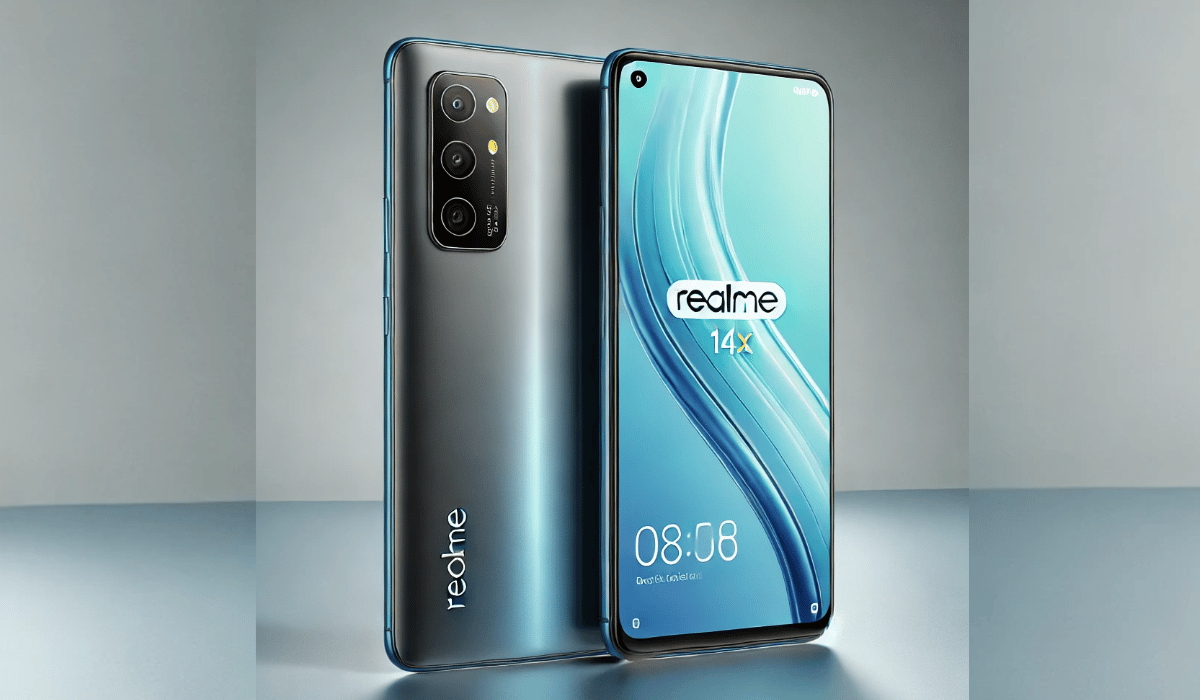With rapid advancements in Artificial Intelligence (AI), real-time translation features in mobile apps are transforming how people communicate globally. In 2024, AI-driven translation tools will play a critical role in business, travel, education, and even day-to-day conversations.
Whether it’s breaking language barriers with clients or seamlessly understanding foreign content, AI translation is becoming smarter, faster, and more accessible. Let’s explore the top AI translation features, their benefits, and how they’re shaping the future of mobile applications.
1. What Are Real-time AI Translation Features?
Real-time AI translation involves using advanced algorithms to instantly translate spoken or written text across languages. Modern apps leverage technologies like:
- Neural Machine Translation (NMT)
- Natural Language Processing (NLP)
- Machine Learning (ML)
These technologies allow apps to translate languages quickly and accurately without manual intervention.
2. Examples of Real-time AI Translation Features
Google Translate
- Real-time Text Translation: Instantly translates text through the camera.
- Conversation Mode: Translates real-time audio in two-way conversations.
- Languages Supported: Over 130 languages.
iTranslate
- Offers offline translation and real-time speech-to-text conversion.
- Special Features: Voice translation and dictionary tools for global travelers.
Microsoft Translator
- Supports multilingual group conversations in real-time.
- Integration with productivity apps like Microsoft Teams for businesses.
3. Benefits of AI Translation in Mobile Apps
| Benefit | Impact |
|---|---|
| Global Communication | Bridges the gap between speakers of different languages. |
| Enhanced User Experience | Real-time responses for seamless interactions. |
| Cost-Effective | Eliminates the need for human translators in many cases. |
| Accessibility | Breaks barriers for businesses and individuals worldwide. |
4. Case Study: How AI Translation Transformed Global Business
Scenario: A Multinational E-Commerce Startup
A startup using real-time AI translation tools like Google Translate and Microsoft Translator integrated multilingual chat support into their app.
- Problem: Customers from non-English-speaking regions couldn’t interact effectively.
- Solution: Integrated AI-driven chatbots for real-time translations.
- Outcome:
- 60% increase in international customer retention.
- 45% improvement in customer satisfaction.
- Expanded business reach to 5 new global markets.
5. Challenges in AI Real-time Translation
- Accuracy Issues: Idioms and cultural nuances are often misinterpreted.
- Latency: Real-time translations sometimes face delays.
- Data Privacy: Translating sensitive business conversations raises privacy concerns.
6. Future Trends: Where AI Translation is Headed
- Integration with Wearable Devices: Smart glasses and earbuds for instant language translations.
- Improved Contextual Translation: AI will understand slang, regional dialects, and cultural context.
- Voice Clone Translation: Your translated speech will replicate your voice and tone.
FAQs: Real-time AI Translation Features
1. How accurate are AI translation apps in 2024?
AI apps have achieved an accuracy rate of over 95%, but complex phrases may still require refinement.
2. Which mobile apps offer the best real-time translations?
Top apps include Google Translate, iTranslate, Microsoft Translator, and DeepL for high-quality translations.
3. Are AI translation features available offline?
Yes, many apps like iTranslate and Google Translate offer offline functionality.
4. What industries benefit the most from real-time AI translations?
Industries such as travel, e-commerce, education, healthcare, and business communications benefit the most.
5. How can AI translation improve global collaboration?
By enabling instant communication across languages, businesses and individuals can work without language barriers.
Conclusion
AI-powered real-time translation features are revolutionizing mobile apps in 2024. With advancements in technology, these tools are not only bridging language barriers but also enhancing user experiences worldwide.
Businesses, travelers, and global communities now rely on real-time AI tools to connect seamlessly and work efficiently. As AI technology evolves, the future promises even more advanced, accurate, and user-friendly translation tools.








